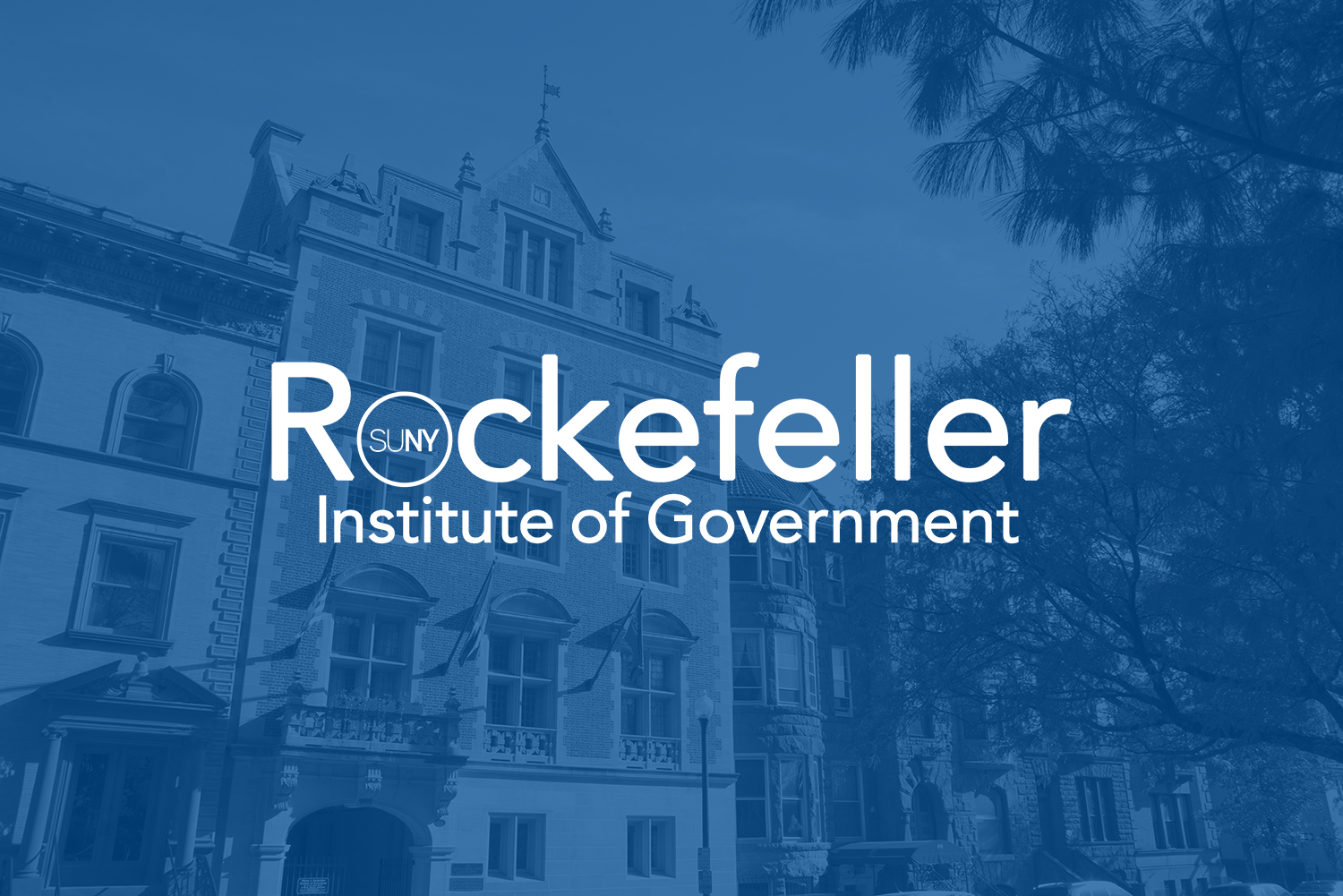In the campaign, President Barack Obama called for an urban infrastructure bank. This proposal is not yet fully formed. It will take a while to develop, organize and implement.
In the meantime, we need interim mechanisms to make public infrastructure investment choices to stimulate the national economy. There are lists for transportation and other potential “off-the shelf,” ready-to-go capital projects. The key is timing, timing, timing. Also crucial is picking the right projects. In the latter case, this involves avoiding “old chestnuts” that have been around for a long time because people in the know have tried to get rid of them in order to avoid building bridges to nowhere.
Compared to the Works Progress Administration (WPA) under the New Deal in the 1930s, it is much harder now to move capital projects forward. Zoning, environmental, occupational health and safety, civil rights, Davis-Bacon (pay-setting), historic-preservation and other requirements present formidable hoops to jump through. Each has its own protective interests adept at blocking progress.
WPA lasted eight years (1935-1943). In this period, it spent $11 billion and employed 8.5 million different people. In today’s terms, that would be equal to about $130 billion and, going by 1943 numbers, equivalent to a 16 percent share of the employed labor force.
It was not all peaches and cream for Harry Hopkins who ran WPA, which some detractors called, “We Poke Along.” His New Deal rival, Harold Ickes, headed a smaller, competing public works program and fought Hopkins every inch of the way; labor unions also had lots of demands and problems. Much of the WPA funding went for path-breaking theatre and arts projects; women were employed sewing, while a lot was accomplished in the way of job-creating bricks and mortar construction projects. WPA built 650,000 miles of highways along with constructing, repairing or improving 124,000 bridges, 125,000 public buildings, 8,000 parks and 853 airport landing fields.
If there is a big infrastructure push now, we need a simple and straightforward process.
- Step No. 1 should be to allocate money to the states using a revenue-sharing formula. (There are plenty of options for doing this. Moreover, if desired, in some cases and places a portion of this money could be sub-allocated to local governments.)
- Step No. 2 should be to establish a decision panel for each state that would review and sign off on projects. These panels could consist of a presidential designee, a designee of the regional Federal Reserve Bank, and a third person they would choose — a state-level expert on policy and politics, capital needs, and the hoops to jump through for each individual state. Such panels could be tasked to conduct a two-week review of each proposed state or local project and either accept or reject it, or ask for additional information. Is it really ready? Does it serve an important public purpose?
The stimulus law would spell out criteria. It would specify purposes the federal government wishes to advance — for example, as to the types of projects and their targeting. I favor broad state and, where appropriate, local discretion as long as the proposals received are practical and — again — timely, timely, timely. Get people to work. That’s what Harry Hopkins did. It wasn’t easy then. It will be harder now.
There are other stimulus options. For example, tax breaks for low- and moderate-income families who typically have a high marginal propensity to consume; a temporary increase in Medicaid matching funds; extra food stamps; and extended unemployment benefits. Under President Ford, so-called countercyclical revenue sharing was also provided. It was called “Anti-Recessionary Fiscal Assistance.”
If the government decides to go down the public infrastructure road big time in 2009 (as increasingly appears to be likely), be wary of two things: One, don’t freight the program with elaborate new purposes such as launching climate-control and energy-saving initiatives and technologies. Two, the states are out there. Work with them in smart ways to take advantage of their knowledge of the terrain.

